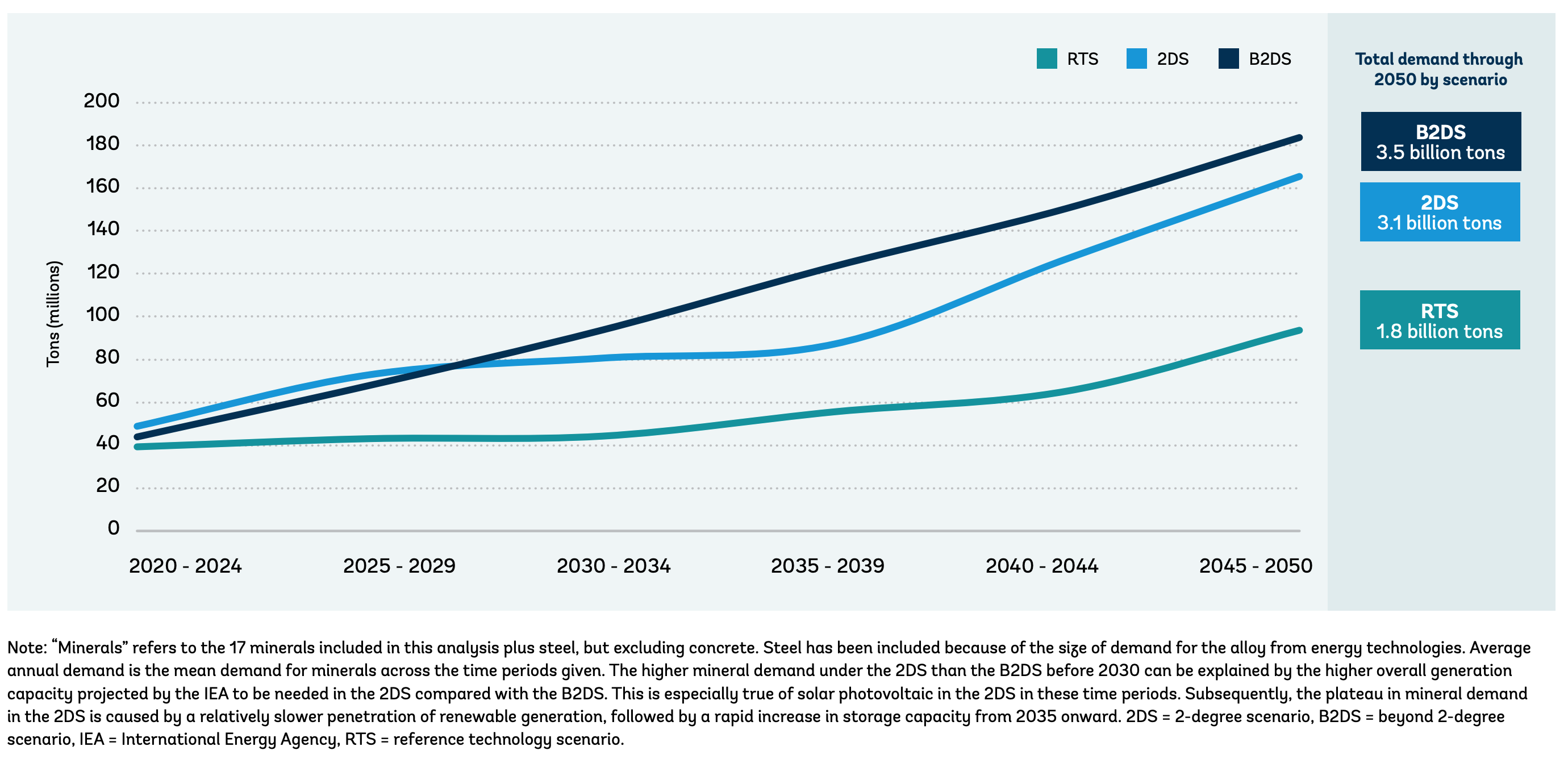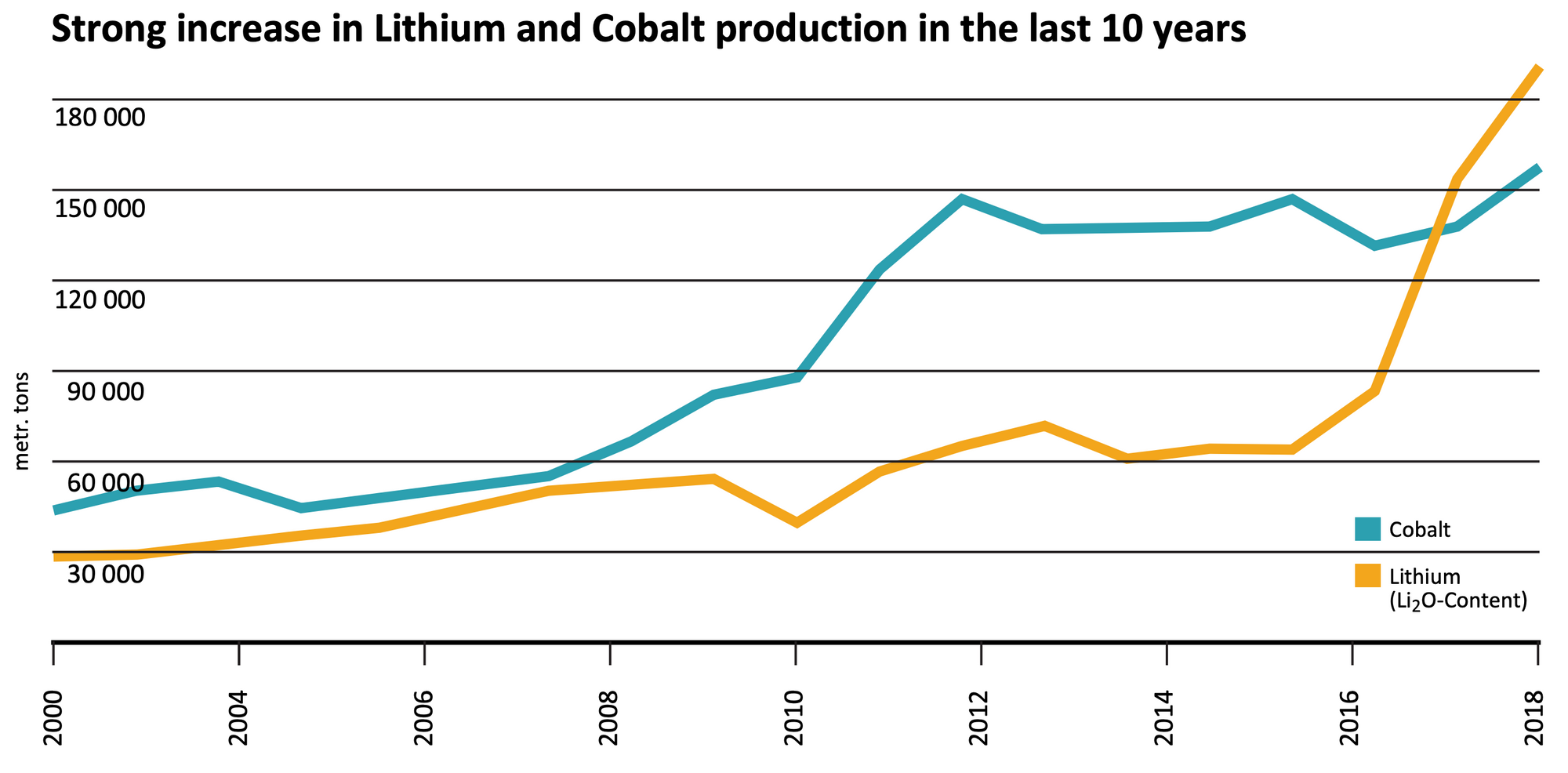Estimates suggest that India, in all likelihood, will fall short of reaching its target of 175 GW of renewable energy production by 2022. However, recent steps taken by the government have opened up the market for large-scale solar investments. A tariff of less than ₹3 ($0.039) per kilowatt-hour (kWh) has made solar a competitive source of energy, increasing investment opportunities in the sector.
Adani Green Energy recently bagged a $6 billion government contract to supply 8 GW of solar power and 2 GW of panel manufacturing. This comes a few weeks after ReNew Energy became the first renewable energy supplier to bag a 24x7 power supplying contract at a tariff of ₹2.9 ($0.038)/kWh for 400MW capacity. Adani Green Energy, Adani Solar, and Azure Power had quoted ₹2.92 ($0.038)/kWh.
Why it matters?
A series of auctions in the Indian renewable power sector has given a boost to solar cell manufacturing firms spurring demand of minerals such as cobalt. Miners and solar panel manufacturers may see a steady rise in demand even during the slowdown caused by the COVID-19 pandemic. A 2018 World Bank report stated, "graphite and lithium demand are so high that current production would need to ramp up by nearly 500 percent by 2050...".

Other minerals that are expected to see substantial growth due to an increase in demand for solar panels are cadmium, gallium, germanium, indium, selenium, and tellurium. Between 2000 and 2018, the production of three key minerals used in battery technology: lithium, gallium, and cobalt grew by a staggering 596.4%, 521.2%, and 265.2%, respectively, according to the World Mining Data 2020 report.

An Exploding Solar Market
China dominates the sustainable energy market, being the largest solar cell producer. Prime Minister Narendra Modi's Atmanirbhar Bharat Abhiyan stimulus package, coupled with a nationalist tendency to compete with China in the manufacturing sector, provides Indian solar panel manufacturers a golden opportunity to increase production, both for local use and export. The global demand for solar energy is also set to increase by at least 20% until 2023. Some major manufacturers in the country include Vikram Solar, Tata Power Solar, Waree Energies, and RenewSIS India.
The International Energy Agency (IEA) estimates an addition of 26.1 GW of renewable energy by 2021 due to India's energy policies. Renewable Energy Sources (RES) currently make up 24% of India's total power generation capacity. However, this is set to grow to 53% as India aims to produce 450 GW of renewable energy by 2030.
Earlier this year, Abu Dhabi's Al Dharfa Solar Project set tariffs at as low as ₹1.03 ($0.013)/kWh to power over 160,000 households. The project is an expansion of one of the world's largest solar PV projects: Noor Abu Dhabi Solar project. Due to its sunny weather conditions, the Middle East continues to invite large-scale solar investments. In Europe, Portugal set solar tariffs as low as ₹1.25 ($0.016)/kWh in July 2019 and triggered solar investments across the European Union. The United States, which withdrew from the Paris Climate Agreement in November 2019, has solar tariffs in the range of $0.06-$0.08/kWh, with the lowest being in California.
Concerns Amidst Systemic Shift
The competitive pricing of solar is being termed unreasonable by several experts, and the move may strongly impact the demand-supply ratio of cheap thermal power. A blended model of power supply balancing renewable and non-renewable sources may prove viable only for the short-term as RES seem set to dominate. Technological advances in the last five years, such as c-Si systems have accelerated this trend by substantially decreasing the cost of storing solar power and increasing the production capacity of solar panel manufacturers.







